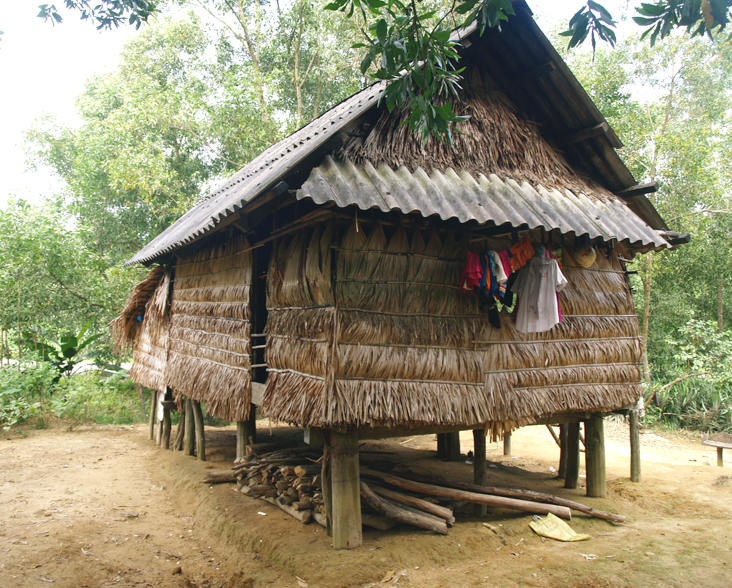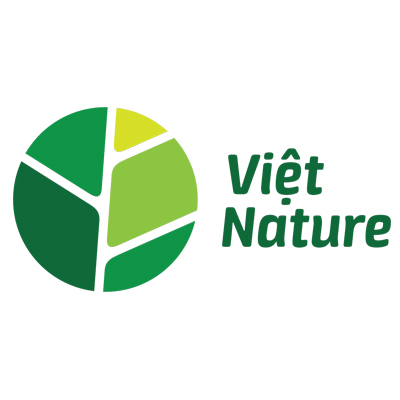Ecoregion: Annamite Lowland Forest
Key Species: Red-shanked Douc, Giant Muntjac, Hatinh Langur, Southern White-cheeked Gibbon, Bourett’s Box Turtle, Keeled Box Turtle
Lying in the Annamite Mountain Range of north-central Vietnam, Khe Nuoc Trong (KNT) is one of the best remaining examples of Annamite Lowland Forest in the world. The protection of 20,000 hectares at Khe Nuoc Trong is supported by the Carbon Balanced Programme, working through WLT’s in-country partner Viet Nature Conservation Centre (Viet Nature).
With input from WLT, the project balances the needs of people, wildlife and the environment and is being designed to meet the internationally recognised standards of the Climate, Community and Biodiversity Alliance (CCBA). This third party certification will give an independent assessment of net positive climate, social and biodiversity benefits.
Project PartnerViet Nature Conservation Centre

Conservation Action
Lowland forest of this type is one of the most threatened in Vietnam and is a global conservation priority. Much is largely fragmented, degraded or cleared for agriculture or plantation forest, or has been impacted during the war. Khe Nuoc Trong is therefore exceptional, one of the best remaining examples of its kind and provides connectivity between protected areas in the north and to the south.
It is designated as a Watershed Protection Forest (WPF), where logging and hunting are illegal, but non-timber forest products (NTFP) may still be extracted. Without adequate enforcement, however illegal timber extraction and poaching for both the local restaurant trade and wildlife trade will continue.
Threatened by degradation and recognising the exceptional biodiversity value of the forest, the project aims to elevate the levels of protection to that of a Nature Reserve, in readiness for official designation, expanding the protected area network within the wider landscape and maintaining connectivity between forest fragments.
This is an innovative long-term conservation project designed to cover 30 years. Birdlife International and IUCN National Committee of the Netherlands (IUCN-NL) have also contributed, by funding a 30-year lease on part of the forest to act as a foothold while WLT is supporting improved protection of the entire forest. This type of lease had not been previously implemented in Vietnam, and the project has received strong support from the local government.
WLT is funding a team of rangers to carry out joint law enforcement activities with the local authorities and other stakeholders that include patrolling, surveying hunting practices and illegal wildlife supply chains, monitoring and snare removal.
These protection activities will reduce pressures on the forest, preventing degradation and allowing degraded areas to revert to high-quality forest.
It is estimated that the protection of the forest at Khe Nuoc Trong will sequester approximately 50,000 tonnes of carbon dioxide (CO2) per year for the next 30 years.
To ensure the carbon aspect of the project has scientific rigour, WLT is funding a PhD student to research the impact of forest degradation on lowland tropical forests of Vietnam in partnership with Leeds University. Data collected by the PhD student is providing part of the basis for managing the Khe Nuoc Trong forest conservation project to meet standards for certification set by the CCBA.
Biological Importance
The forests of the Annamite lowlands are home to exceptionally rare and threatened wildlife, with many species found nowhere else on earth. Despite facing immense pressures, the area retains a rich biodiversity and has been home to many recent scientific discoveries. One of the rarest mammals in the world, the Critically Endangered Saola (Pseudoryx ngethinhensis), was only described in 1990.
WLT has helped fund botanical, mammal and herpetological surveys in conjunction with an ongoing camera trapping programme, which establishes a biodiversity baseline, which the success of the project will be monitored against.
KNT is located within Quang Binh province, which has one of the highest levels of amphibian and reptile diversity in Vietnam. Three amphibian species new to the province were discovered in KNT following a herpetological survey in 2015.
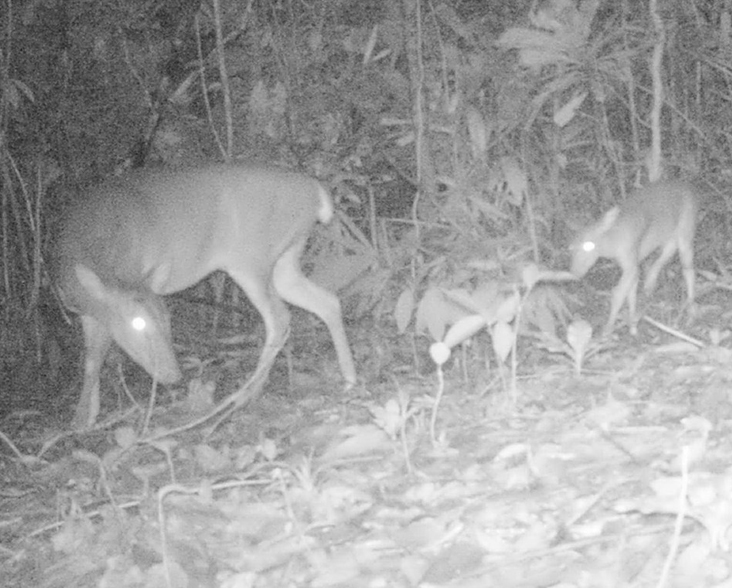
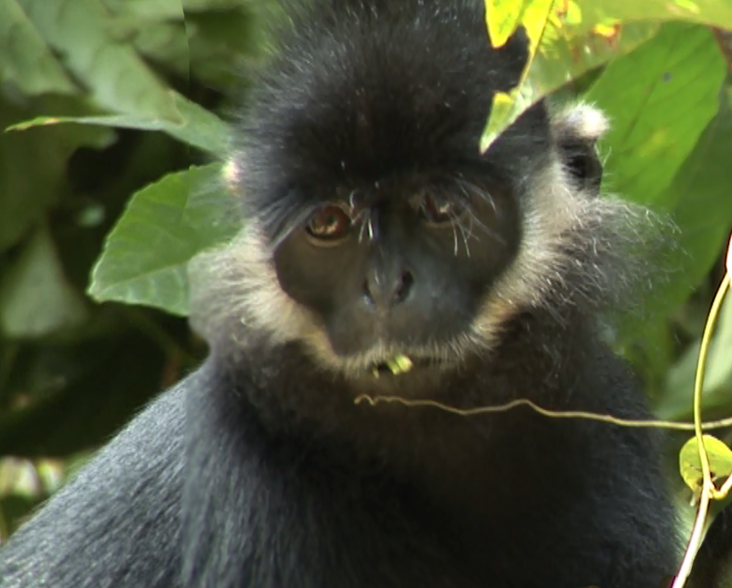
Mammals
Surveys have found that Khe Nuoc Trong is home to the Critically Endangered Sunda Pangolin (Manis javanica) as well as three species of Endangered primates, the Red-shanked Douc (Pygathrix nemaeus), the Southern White-cheeked Gibbon (Nomascus siki) and the Haitinh Langur (Trachypithecus haitinhenis). Other mammals include Pygmy Slow Loris (Nycticebus pygmaeus), Sun Bear (Helarctos malayanus), Asiatic Black Bear (Ursus thibetanus), Oriental Small-clawed Otter (Amblonyx cinerea) and the Binturong (Arctictis binturong) all of which are Vulnerable.
Birds
Khe Nuoc Trong makes up part of the Truong Son Important Bird Area (IBA), which itself lies within the Annamese Lowlands Endemic Bird Area (EBA). KNT has been earmarked as a reintroduction site for one such endemic species, the Edward’s Pheasant (Lophura edwarsi), a Critically Endangered species that some believe to be extinct in the wild. Other restricted range and threatened species found here are the vulnerable Crested Argus (Rheinardia ocellata) and the Short-tailed Scimitar-babbler (Jabouilleia danjoui).
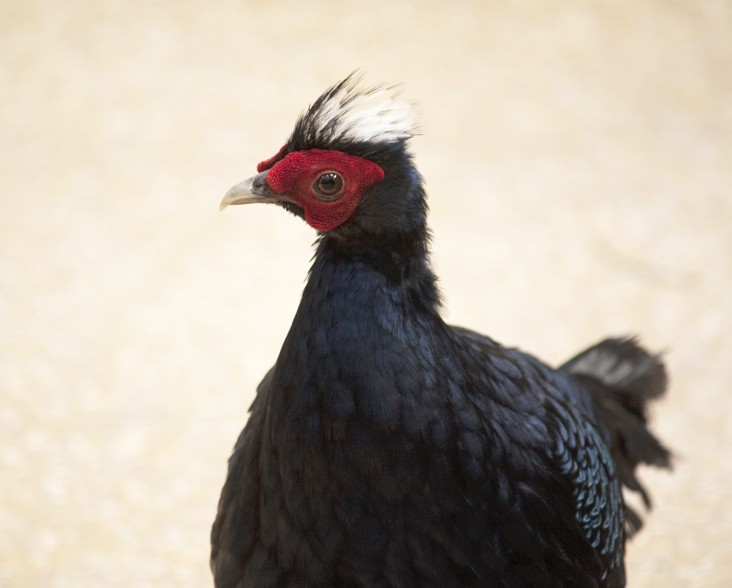
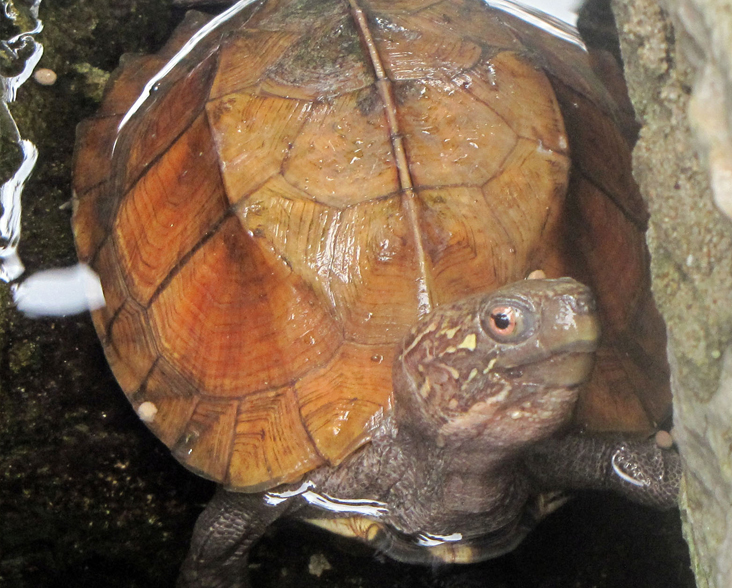
Amphibians & Reptiles
Herpetofauna recorded include the Critically Endangered Bourret’s Box Turtle (Cuora galbinifrons bourreti), Big-headed Turtle (Platysternon megacephalum), Keeled Box Turtle (Cuora mouhotii) and Four-eyed Turtle (Sacalia quadriocellata), which are classified as Endangered. Surveys have also found three new records for Quang Binh province, including a species of Bow-fingered Gecko (Cyrtodactylus pseudoquadrivirgatus), Square-headed Cat Snake (Boiga kraepelini) and Quasipaa verrucospinosa, a species of spiny frog classified as Near Threatened.
Community Involvement
As a Watershed Protection Forest, KNT provides clean water to local communities and feeds downstream rice paddies. Nearby communities, largely made up of the Van Kieu ethnic minority, use the forest for extracting non-timber forest products, for use as a source of income. The project is investigating the ways in which this extraction of NTFPs could be used to promote sustainable livelihoods.
WLT is also supporting Viet Nature’s work with forest owners, local communities and authorities to ensure that the area is well protected. Strong relationships have been formed with local conservation groups to report illegal activity, carry out patrols and remove snares.
